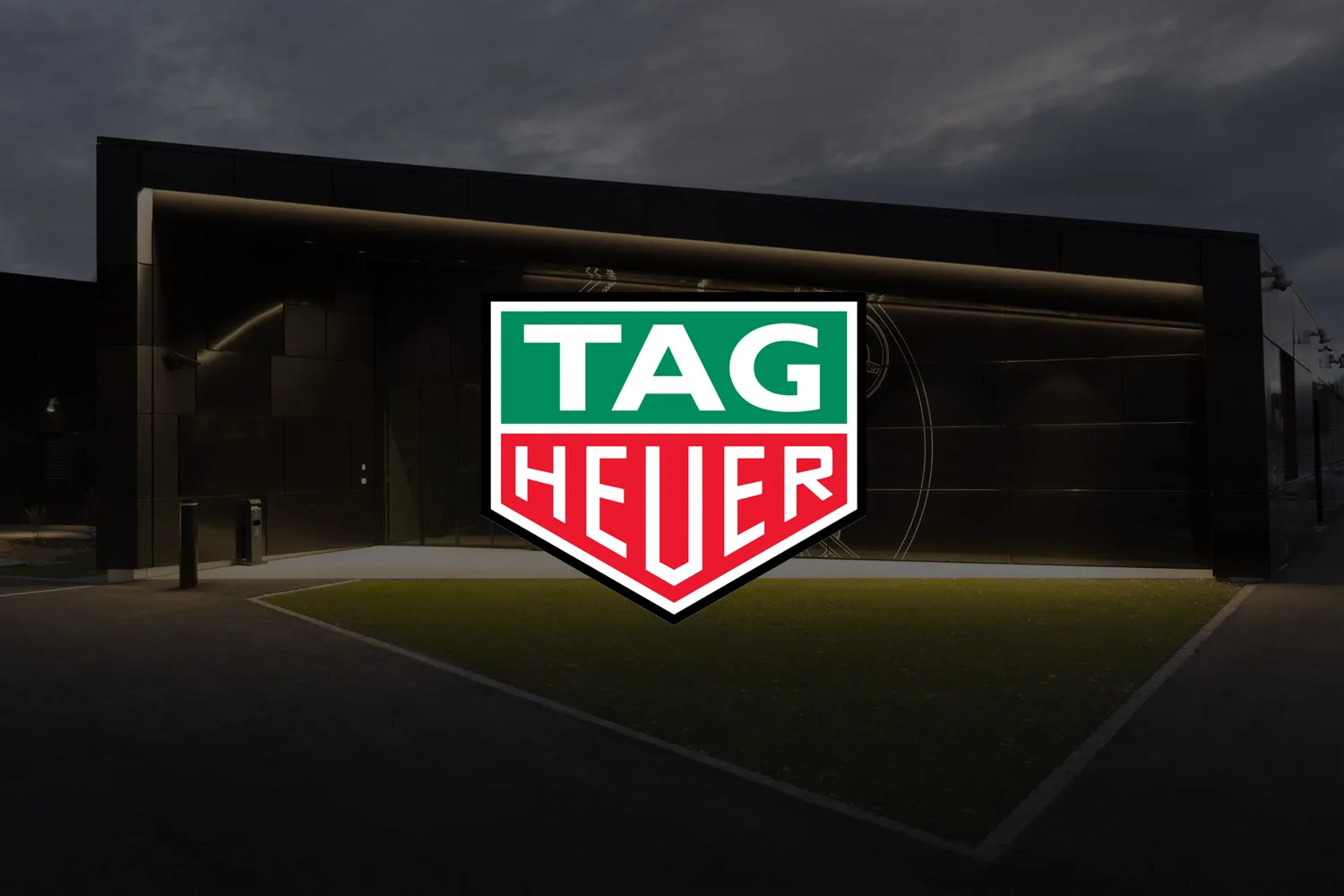We continue our series on the anecdotes of the great watchmaking houses with TAG Heuer. The House of Saint Imier has a rich history of more than a century, punctuated with incredible technical prowess and iconic models. so here’s 10 things you (probably) didn’t know about TAG Heuer.
1. A family history
Edward Heuer born in 1840, from a shoemaker father, in Brügg, in the canton of Bern. Passionate about watchmaking from an early age, he created his own factory at the age of 20, called Heuer, in Saint-Imier, in the Swiss Jura. Very talented, he will focus on one complication in particular: the chronographwith a first model unveiled in 1882. Thereafter, the company will remain in the Heuer family over 4 generationsuntil the takeover by Jean-Claude Biver in 2013, when Jack Heuer retired, the day before his 81st birthday.
2. From Heuer to TAG Heuer
TAG Heuer was not always called “TAG Heuer”. Created in 1860the house is initially called ” Heuer“, named after its founder, Edouard Heuer. And it is in 1985 that the Luxembourg group TAGFor ” Avant Garde Techniques“, buys a significant share of Heuer, and renames the watchmaking house “ TAG Heuer“. This “avant-garde” label is also found as a leitmotif throughout the catalog, to underline the brand’s desire for innovation. Finally, in 1999TAG Heuer passes under the bosom of the LVMH group, and therefore no longer has a direct link with the TAG group. Nevertheless, the brand name will remain TAG Heuer, for commercial reasons.
3. Edouard Heuer revolutionizes the design of chronographs
In 1887and after many years of research, Edouard Heuer finally achieves his goal: improve chronograph movements. For this, he developed a system of oscillating pinion. This piece works in tandem with the column wheel. And while the column wheel ensures the passages between the different functions of the chrono (start, stop and reset), the oscillating pinion ensures the connection between this column wheel and the rest of the mechanism, like a clutch. . This design is still relevant today and serves as the basis for most modern chronograph movements.
4. The Mikrograph, the first 1/100th of a second chronograph
In 1916Heuer unveils the micrograph : the first chronograph capable of displaying a duration with an accuracy of 1/100th of a secondthanks to its Caliber 360 clocked at 360,000 vibrations per hour, whereas at that time other chronographs only allowed an accuracy of 1/5th of a second. This technological prowess then makes it possible to measure the tiniest deviations in motor racing or on athletics tracks. And it is moreover thanks to the Mikrograph that Heuer was chosen as official timekeeper of the biggest sporting events around the world, and in particular Olympic Games of Antwerp, Paris and Amsterdam in the 1920s.
5. Autavia: a compound name
The collection Autovia, appeared in 1933, is one of the oldest in the catalog. That said, it didn’t start on the wrists, but as a chronograph for the Dashboards racing cars. Its name “Autavia” comes from the contraction of the names “ AUTOmobile ” And ” Aviation“
6. The Heuer 2915A, the first Swiss watch in space
If the first man in space remains the Soviet Yuri Gagarin (1961), it is John Glenn which opens the ball for the Americans, in 1962, circling the Earth 3 times in orbital flight. This perilous mission required a watch capable of measuring the duration of the flight reliably and accurately. And it was a Heuer signed chronograph that was chosen, the Heuer 2915A. Thus, Heuer becomes the first Swiss watch in space, no offense to some other big houses. For the record, this watch is kept in the Washington DC museum.
7. Heuer, pioneer of automatic chronograph movements
1969 will remain a key year for chronographs. In January, Zenith unveiled its El Primero movement, thus obtaining the title of first automatic chronograph movement. But later in the year, Heuer followed suit and released the model monaco equipped with 11 gauge. This movement, produced in collaboration with Breitling, Hamilton, Büren, and Dubois Dépraz, is distinguished in particular from the El Primero by its modular design : the “chronograph” part consists of a additional module added to a basic movementwhere Zenith’s movement is an integrated movement.
8. Steve McQueen and his Heuer Monaco
How to talk about TAG Heuer without talking about Steve McQueen ? The American actor popularized the Monaco chronograph during the movie Le Mans from 1971, even sporting a “Heuer chronographs” crest on his racing driver suit. Since then, the model has become iconic, with its square case, its blue and white dial and its crown at 9 o’clock, opposite the 2 pushers at 2 and 4 o’clock. Finally, in 2020, one of the watches worn by Steve McQueen during the film (and given to a mechanic on set by the actor himself) was awarded for 1.8 million euros at Phillips auction in New Yorkbecoming the most expensive TAG Heur watch in history.
9. Passion for motor racing
TAG Heuer’s passion for car race no longer needs to be demonstrated. And what better way to pay homage to the asphalt tracks than chronographs in specific colours? THE collaborations multiply, with in particular the world championship of Formula 1Porsche Design, Red Bull Racing or even Gulf, but also with long-lost motorsport icons, such as Ayrton Senna, or Juan Manuel Fangio.
10. TAG HEUER and the challenge of connected watches
When we talk about connected watches, the major players are Samsung, Apple and Garmin. But TAG Heuer intends to take its share of the cake. It is also the only “traditional” manufacture to bet on connected watches. The house of Saint-Imier has therefore developed its own “caliber” connected E4 as well as many applications : sport, fitness, well-being, golf… And as usual at TAG Heuer, we even find a collaboration with a big name in the automobile industry: Porsche Design.
Visit the official TAG Heuer website.
